Illustration by Maja Stenstam
There are pills, capsules, injections, and ointments… never without a challenge. But when we turn to inhalation medicines a fascinating new set of challenges comes with the Device!
One thing you must do when developing a drug which is to be inhaled with the help of a device is to characterize the plume, the droplets and what is delivered with them. In this project we were involved when two different companies, Emmace and Resyca, tested three different devices to supply the main sponsor with reliable data so the best device for their drug product and intended patients could be selected.
The reason CR was needed in addition was because this time, also the drug itself came with a challenge: being highly reactive and partly evaporating! So, to analyze what is delivered through inhalation and to what part of the lung (mainly decided by the size of the droplets) we needed to be very clever as our active was almost as elusive as Schrödinger’s famous cat.
Alternative analysis method development for inhalation
We developed an alternative method to the classic Pharmacopeia that worked with the LOQ (limit of quantification) of the HPLC assay developed by us in a previous project. This method, which was playing with pH effects and solubilities using a bubble flask with a specific volume of alkaline water, was tested together with anatomical throat model and a breath profile generator at Emmace. The analytical experts at both Emmace and Resyca used their expertise to further develop the methods to work with their set-ups. Together, we could make the needed comparison of devices possible.
Being a smaller but important piece of the machinery is extremely rewarding when the gears start turning.


